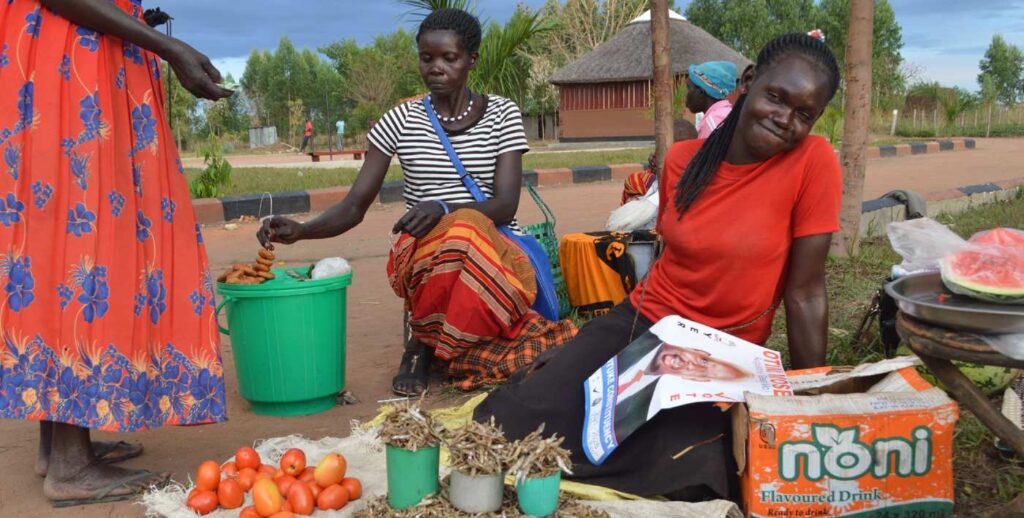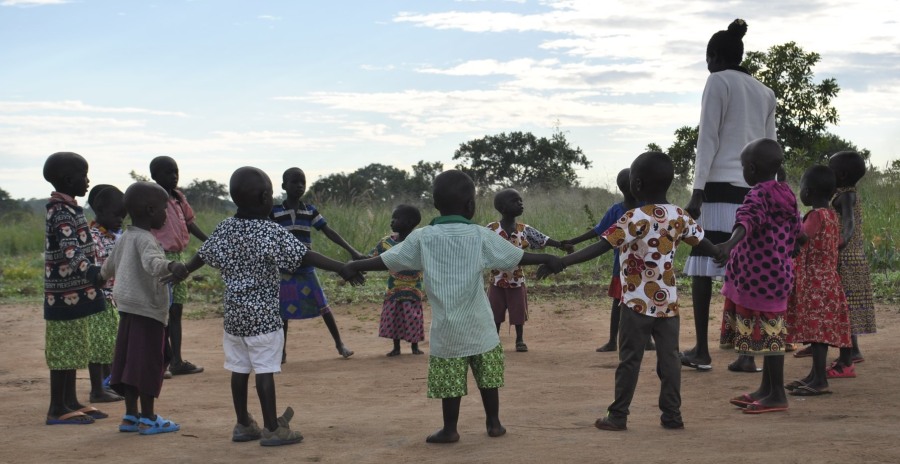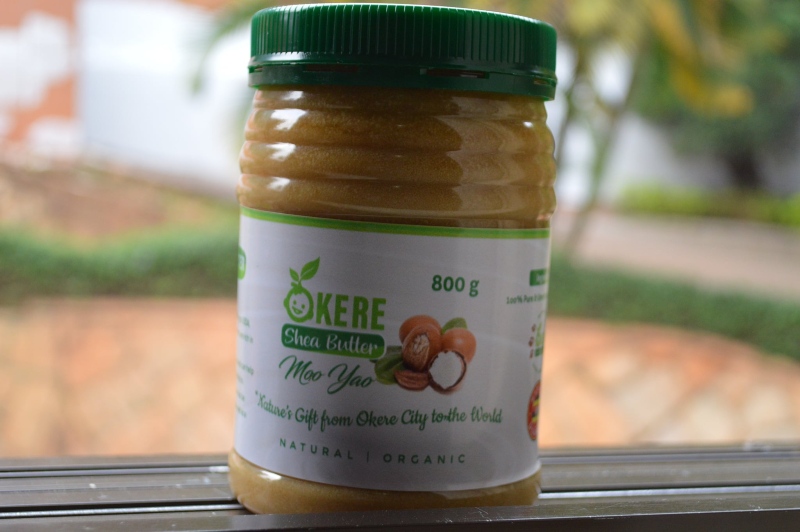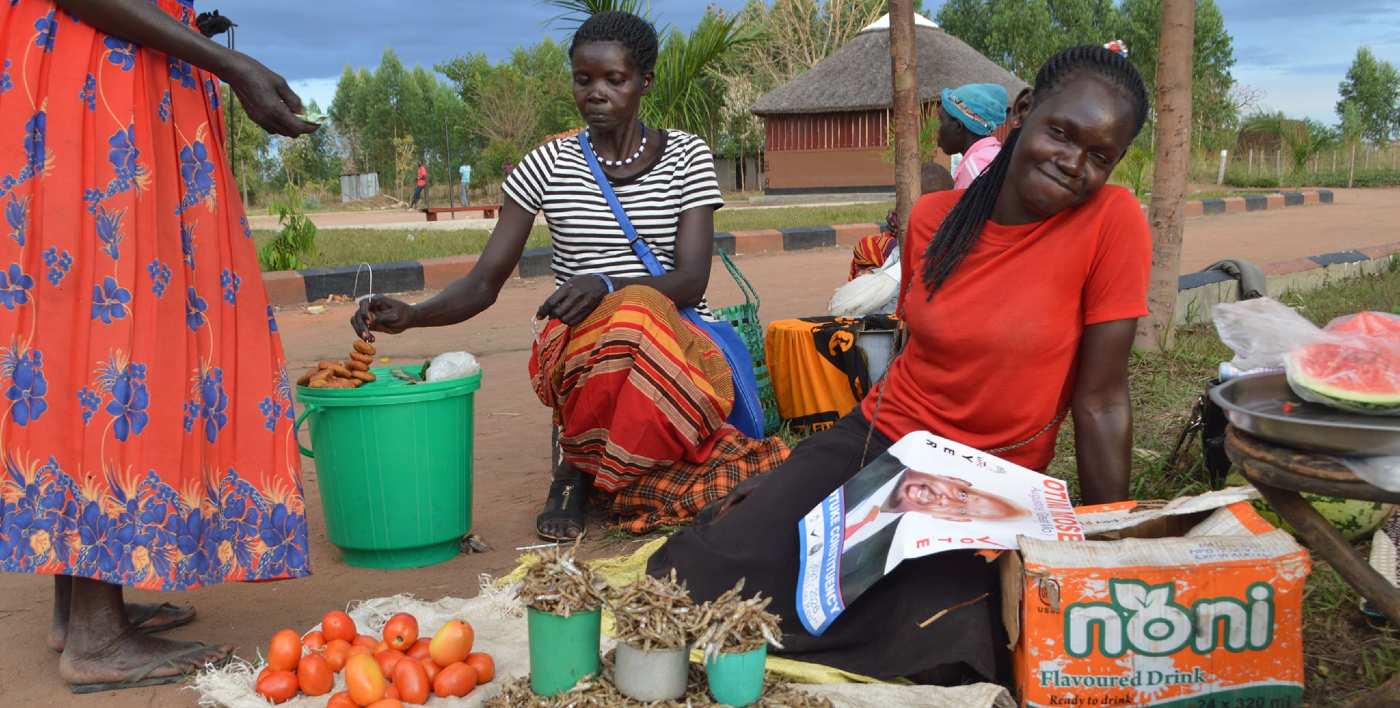An intentional community in rural Uganda is drawing on green technology, local resources, and old-school philosophy to create a thriving village.

Okere Mom-Kok was destroyed during the Ugandan Civil War in the 1980s, but is now being rebuilt into a sustainable community that’s home to 4,000 people.
Okere City is based around sustainable principles like renewable energy and the sustainable harvesting of natural resources.
The village has a clinic, church, school, a nightclub that doubles as a community center, markets, bars, and a bank. Electricity generated through solar energy is available to everyone, and clean water—thanks to modern borehole methods—keeps the all-too-normal cholera outbreaks in the region at bay.
An expert in international development and graduate of the London School of Economics, Ojok Okello started the project with a $54,000 investment from his own pocket. The village of Okere Mom-Kok was where he had some extended family, and it was during a visit that he decided to put what he learned in university to action.
“I don’t want this project to be at the mercy of some white people,” Okello told The Guardian, explaining how he had seen many NGO-funded projects on the continent fail by not involving the very communities they were helping.

“I want us to have business conversations with partners. I want us to be responsible for shaping the destiny and the future of the project.”
“Shea could be our Vibranium”

While the Okere City project might conjure images of an equitable utopia, there’s a lot of business and banking knowledge that Mr. Okello utilized to ensure the community could survive and grow.
All businesses in the town pay for themselves—for example, the school allows pupils to pay up to half their tuition in sugar, beans, firewood, or other commodities, while the clinic has flexible installment-billing policies. An Okere City investment club runs a sort of credit union by taking members’ dues and offering them as loans to those in the community who need them—often to develop local resources.
MORE: One Way To Help Endangered Chimpanzees? Uganda is Planting 3 Million Trees
Once the loans are repaid, the money is loaned out again, a style of banking locals describe as uniquely African.
However, the defining fiscal characteristic of Okere City is its shea trees.
RELATED: Traps That Once Snared Uganda’s Wildlife Are Turned into Intricate Art With ‘Snares to Wares’
“I looked at [the shea tree] and realized that we have this important natural resource and we were not harnessing it,” Okello told The Guardian. “And I thought about [Marvel Cinema’s] Wakanda and Black Panther, they had vibranium, this shea tree could be our vibranium.”
“So I am like: ‘Damn, I’m going to invest everything within my means to tap this resource, to protect [it], and to use it to emancipate my community.”
Build Up Some Positivity By Sharing The Good News With Your Friends On Social Media…





















Okere Mom-Kok forever!